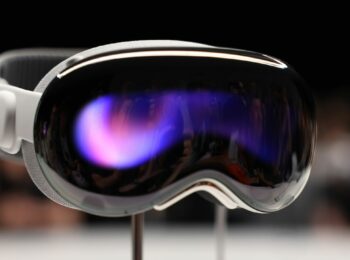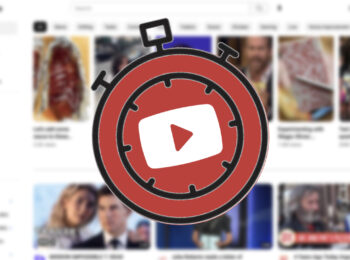Ideas
Turning Off The Teleprompter
Not long ago, we were at a client’s corporate headquarters, filming a message from the CEO about the importance of safety in their manufacturing and distribution plants. We had pre-loaded his remarks into a teleprompter, and he looked to camera, delivering his speech with good cadence and tone. When he finished, we could have called cut right there, and started packing up, but that’s not how we work.
Instead, I slid into a chair next to the camera, and said, “That was great! Do you mind if I just ask you a couple questions about safety? We may intercut some of your responses with what you just read.” He seemed uncertain, but he nodded, “Sure…okay.” To look at it from the outside, what followed may have appeared like an interview: I asked questions, the CEO gave answers, all under the bright LED lights, imposing camera, and dangling boom mic.
But what we were actually achieving in this back-and-forth was conversation. If the CEO and I are having a good conversation, then that authenticity is going to transfer to the final product of the video. That word—authenticity—has sort of become overused, but online audiences consume so much content that their authenticity antennae are highly attuned, and if they sense anything amiss, they’ll click away.
This is a skill that we’ve honed over twelve years of documentary storytelling, and the ultimate compliment that we receive is when a client or collaborator stands up from our talk, and says, “Wow, that was easy. I totally forgot the camera was there. I felt so comfortable.” This is achieved in the same way any good conversation would be: eye contact, affirmation, listening, and acknowledging what the person is saying before moving on to the next question.
Don’t get me wrong; we film our share of projects that are outlined, scripted, and storyboarded to the nth degree, still striving for that same truthfulness. But when it comes to talking heads, we prefer to shelve the scripts, turn off the teleprompter, and just have a chat. We’re confident in our ability to probe. We know we have the editing skills to smooth out the ums, ers, and tangents. More than anything, though, we have complete faith in the people sitting opposite us, the clients that, whether they know it or not, don’t need a script or prepared remarks, because they’re passionate about their work, their services, or their products.
A couple months after the shoot I mentioned above, we were back at the same HQ, and we crossed paths with the CEO. “Hey!” he said, “Saw the safety video, and our CEO staff were all talking about how you didn’t use any of our scripted remarks…and it was great! I was a little skeptical, but we couldn’t believe the stuff you got out of us, and it just felt so natural. Great work!”
We shook hands, thanked him for the kind words, and said, “Well, we just love a good conversation.”




